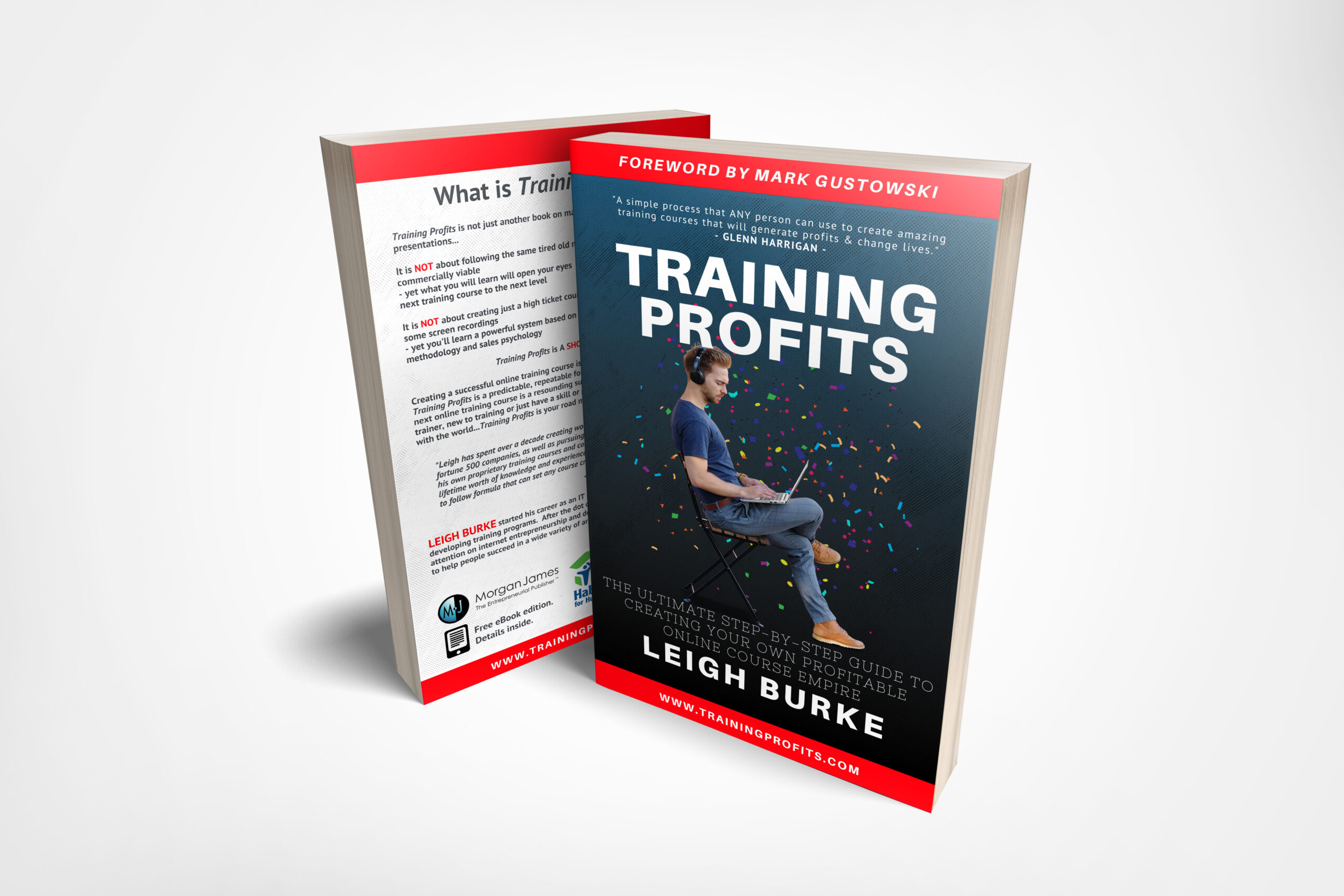Contents
Introduction
Creating an online course is an effective way to share your knowledge and expertise with a wide audience. However, the success of your course depends on the engagement level of your learners. Crafting engaging online course content requires careful planning and execution. In this guide, we will explore the key elements and strategies to create compelling course material that keeps learners motivated and eager to learn.
Key Takeaways
- Engaging online course content is crucial for learner retention and satisfaction.
- Effective content is interactive, visually appealing, and focused on the learner’s needs.
- Utilize multimedia elements, such as videos and quizzes, to enhance the learning experience.
- Regularly update and improve your course content to keep it fresh and relevant.
- Encourage active participation through discussions, assignments, and interactive exercises.
The Importance of Engaging Online Course Content
Engaging online course content plays a vital role in learner retention and satisfaction. When learners are actively involved in the learning process, they are more likely to stay committed and complete the course. It is important to capture their attention from the start to establish a positive learning experience.
One effective way to create engaging content is by using interactive elements. Incorporate interactive quizzes, assessments, and simulations to enhance understanding and help learners apply the information they have learned.
Another essential aspect of engaging online content is ensuring it meets the specific needs and preferences of your target audience. Conduct thorough research to understand your learners’ learning styles and preferences. This will enable you to tailor your content to their needs, resulting in a more engaging and effective learning experience.
Best Practices for Crafting Engaging Online Course Content
1. Use Multimedia Elements
**Utilizing multimedia elements** in your online course can significantly enhance the learning experience. Incorporate videos, infographics, images, and audio elements strategically. Visual and auditory aids capture learners’ attention and make complex concepts easier to understand.
2. Encourage Active Participation
To keep learners engaged, **encourage active participation** throughout the course. Incorporate discussions, interactive exercises, and assignments that require learners to apply what they have learned. This not only helps reinforce knowledge but also creates a sense of community within the course.
3. Keep Content Updated
Regularly **update and improve your online course content** to keep it relevant and engaging. Include recent research, case studies, and examples that resonate with your learners. Outdated content can quickly lose learners’ interest and hinder their learning experience.
**Clear navigation** is essential to ensure learners can easily access and navigate through your course content. Use intuitive menus, headings, and breadcrumbs to help learners find the information they need effortlessly. This improves user experience and keeps learners focused on the content itself.
Frequently Asked Questions
1. How can engaging online course content benefit learners?
Engaging online course content keeps learners motivated, increases their retention of the material, and improves overall satisfaction with the course.
2. Where can I find more resources on creating an online course?
You can find valuable resources on creating an online course at trainingprofits.com. They offer comprehensive guides and tips to help you develop successful online courses.
3. How can I increase the interactivity of my online course?
You can increase interactivity by incorporating quizzes, discussions, interactive assignments, and simulations. These elements encourage active participation and deepen learners’ understanding of the course material.
4. How often should I update my course content?
Regularly updating your course content is crucial for keeping it fresh and relevant. Aim to review and update your content at least once a year, or more frequently if there are significant changes in your field or new research findings.
Conclusion
Creating engaging online course content requires careful planning and implementation. By incorporating multimedia elements, encouraging active participation, and keeping your content up-to-date, you can create a dynamic learning experience that captivates your learners and maximizes their learning outcomes. Remember to continuously seek feedback from your learners and make improvements accordingly. Happy course crafting!
Key Takeaways
- Engaging online course content is crucial for learner retention and satisfaction.
- Effective content is interactive, visually appealing, and focused on the learner’s needs.
- Utilize multimedia elements, such as videos and quizzes, to enhance the learning experience.
- Regularly update and improve your course content to keep it fresh and relevant.
- Encourage active participation through discussions, assignments, and interactive exercises.

